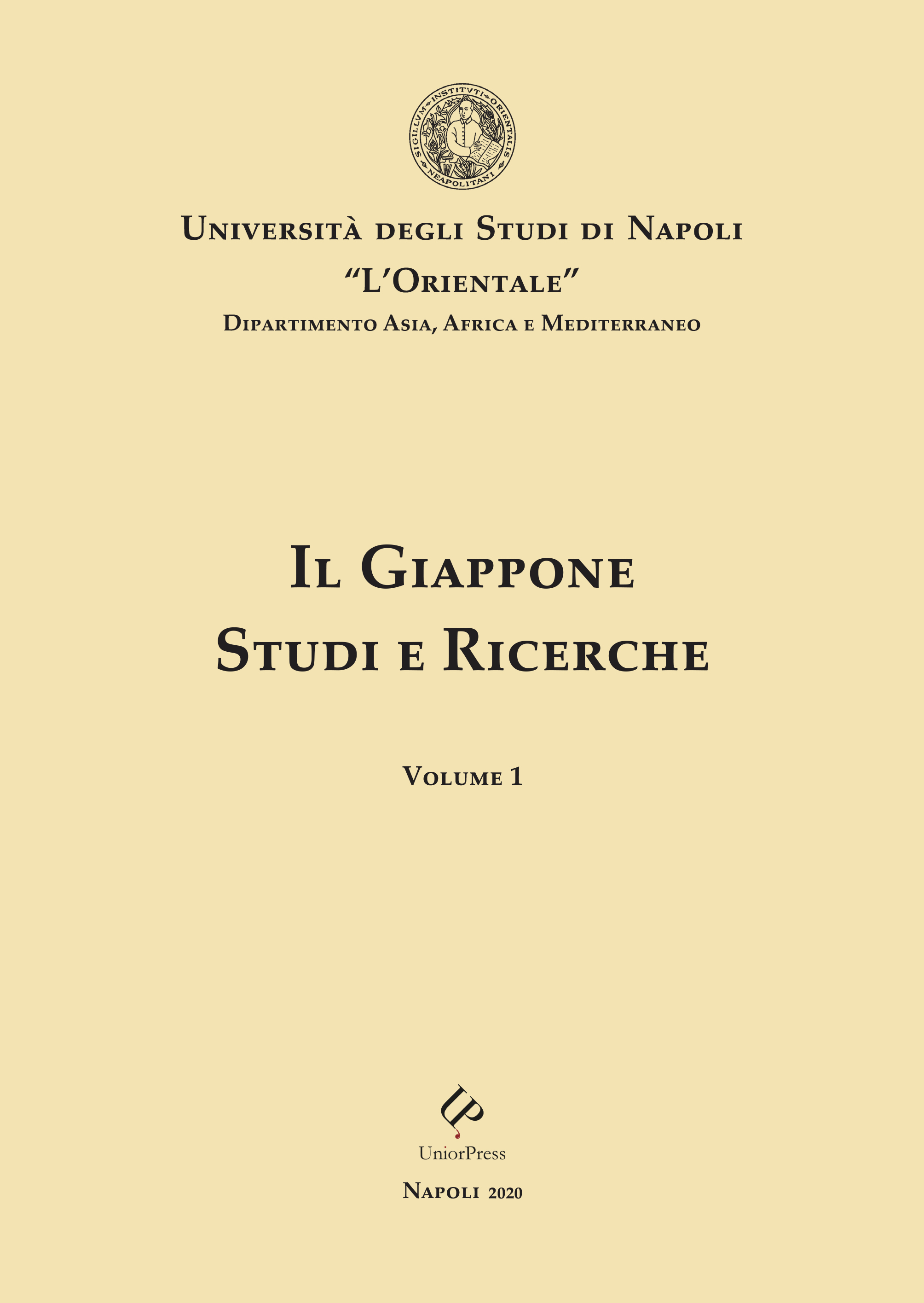The description of the interjectional function of wo: from the renga treatises to Yamada Yoshio
Abstract
This paper aims to follow the evolution of the description of the interjectional function of the particle wo, in order to clarify the confusion arisen in its analysis in the Old and Middle Japanese corpus. In fact, in Yamada’s grammar – that influenced the 20th century scholarship – the interjectional particle wo was identified only on a semantic basis, as formally it could follow nouns, verbs or other particles, and its position in the sentence was rather free. However, if we look at the earliest descriptions of wo in the Medieval poetic treatises, we find well-defined grammatical contexts in which it could be identified as interjectional (yasumeji, after ni, to and gerunds). An interesting innovation is proposed by Motoori Norinaga, who distinguishes between a yasumeji ni oku wo, whose distribution is consistent with what stated in the treatises, and a tasukeji wo, whose value overlaps yo and follows mostly nouns. Motoori’s description of the interjectional function seems to have influenced Tsurumine Shigenobu’s and Ōtsuki Fumihiko’s stances, which would in turn serve as basis for Yamada’s study. Thus, it could be useful to trace the history behind Yamada’s description in order to understand the contemporary scholarship dealing with the interjectional function of wo.

